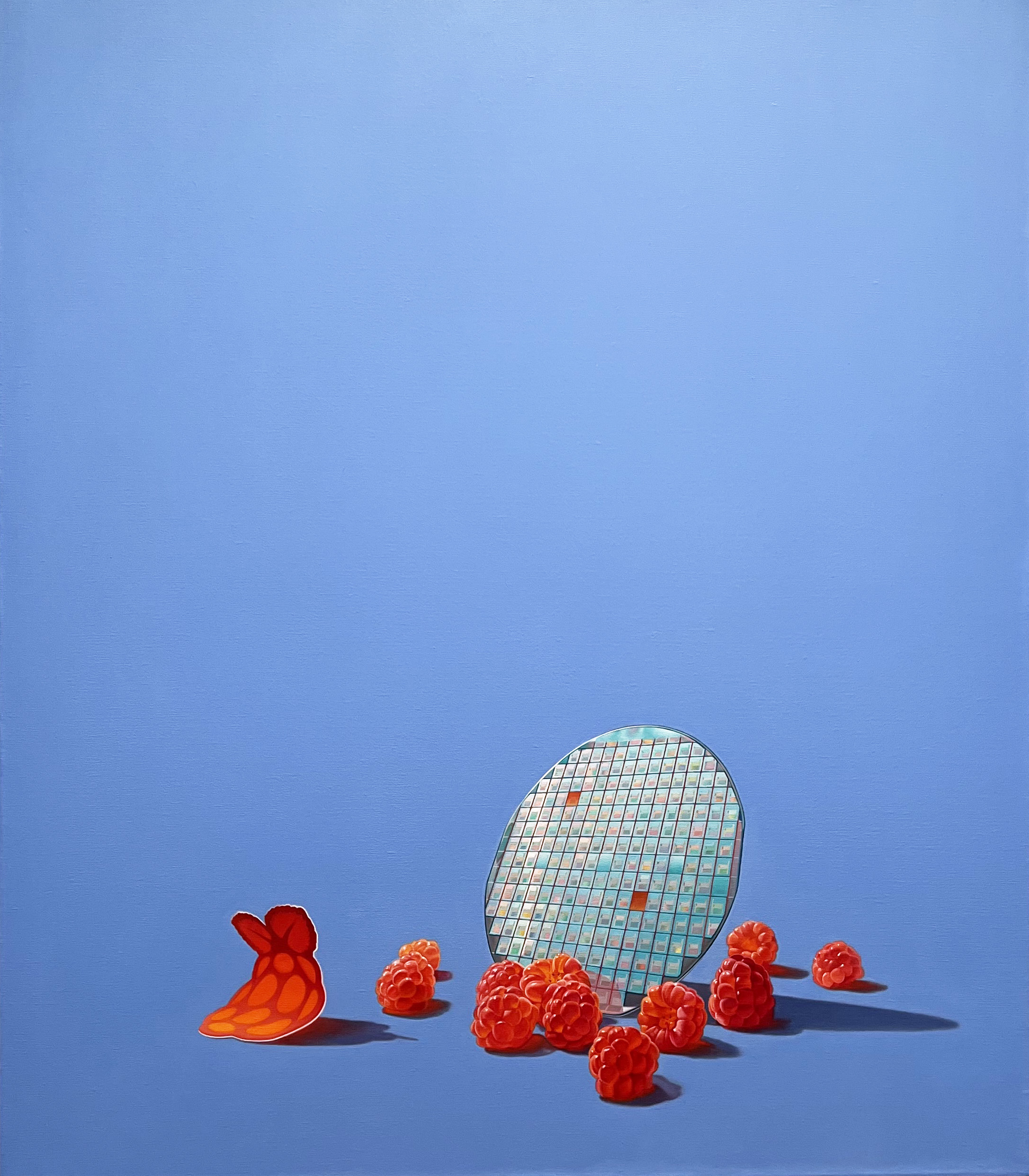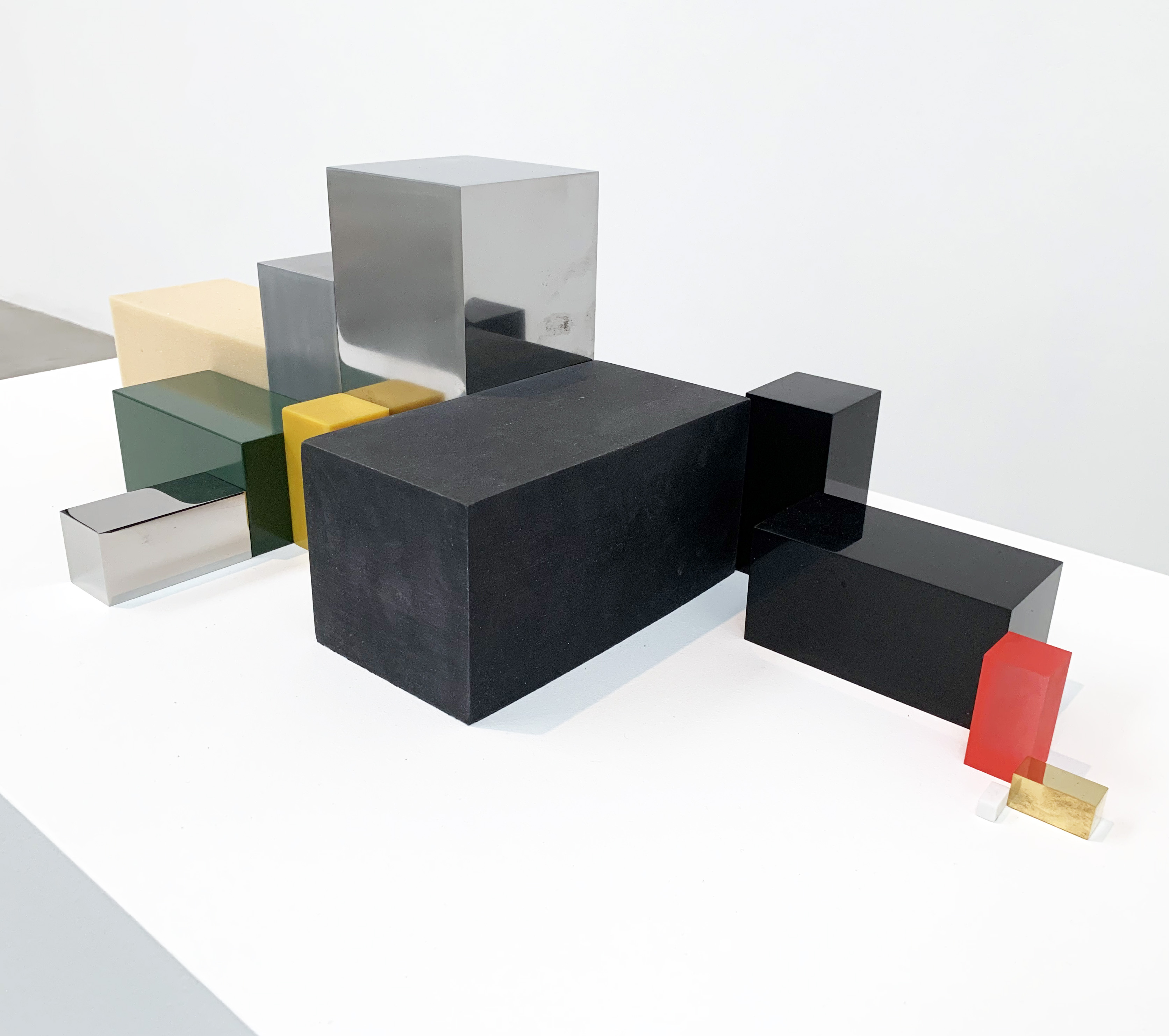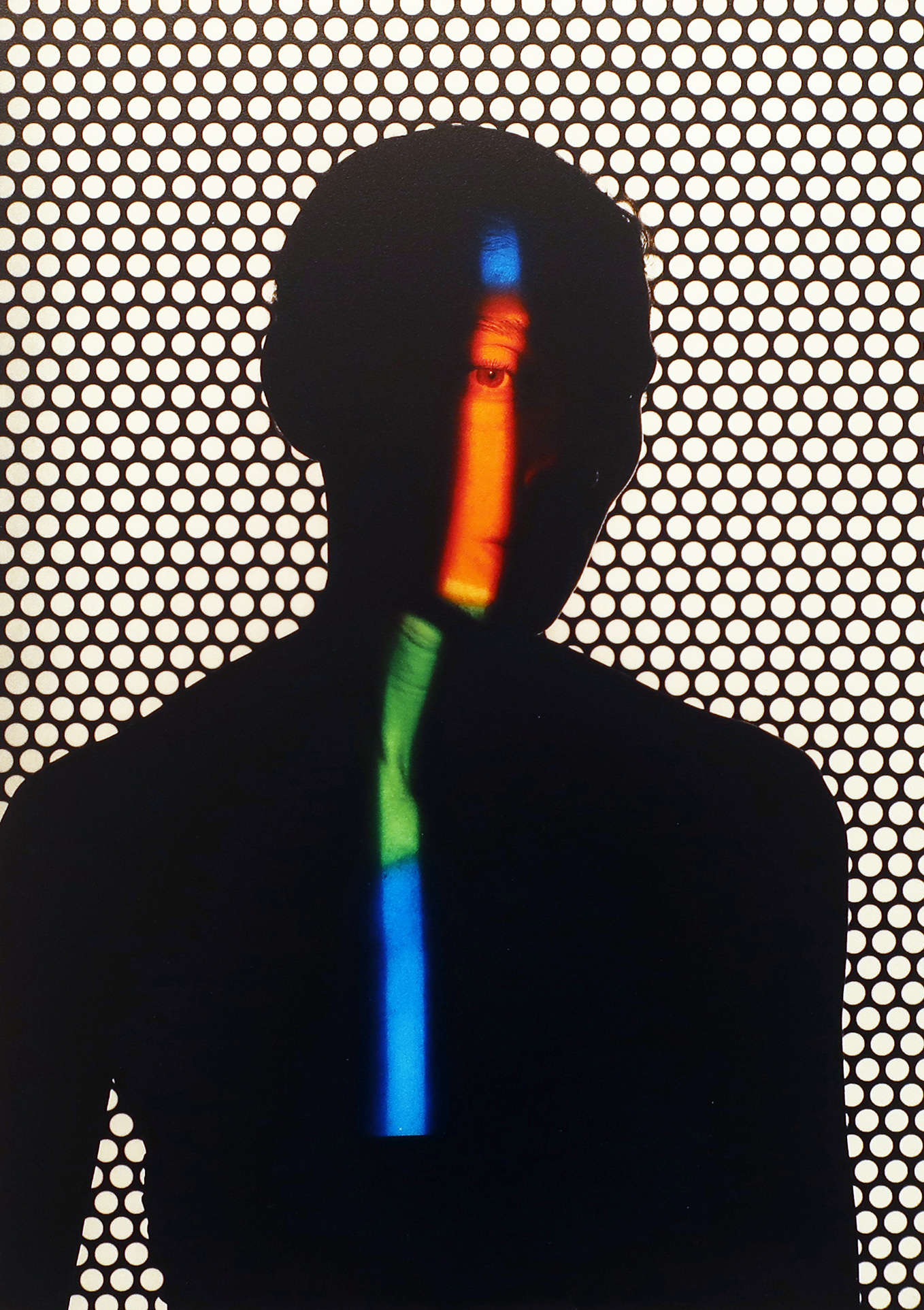Pixels and biological cells are the focus of Japanese artist Kohei Nawa’s ‘PixCell’ artworks at Pace Gallery, sculptures that invite viewers to consider the relationship between the natural and artificial. In this sculpture of a baby deer, the surface is rendered in spheres of various sizes, as if distorted by being viewed through a lens. Transparent and appearing to rise up from the surface of the animal, the cells speak to the title of the show, ‘Aether,’ by giving the deer an ephemeral quality that belies its physical weight and form. (On view through Oct 22nd).




